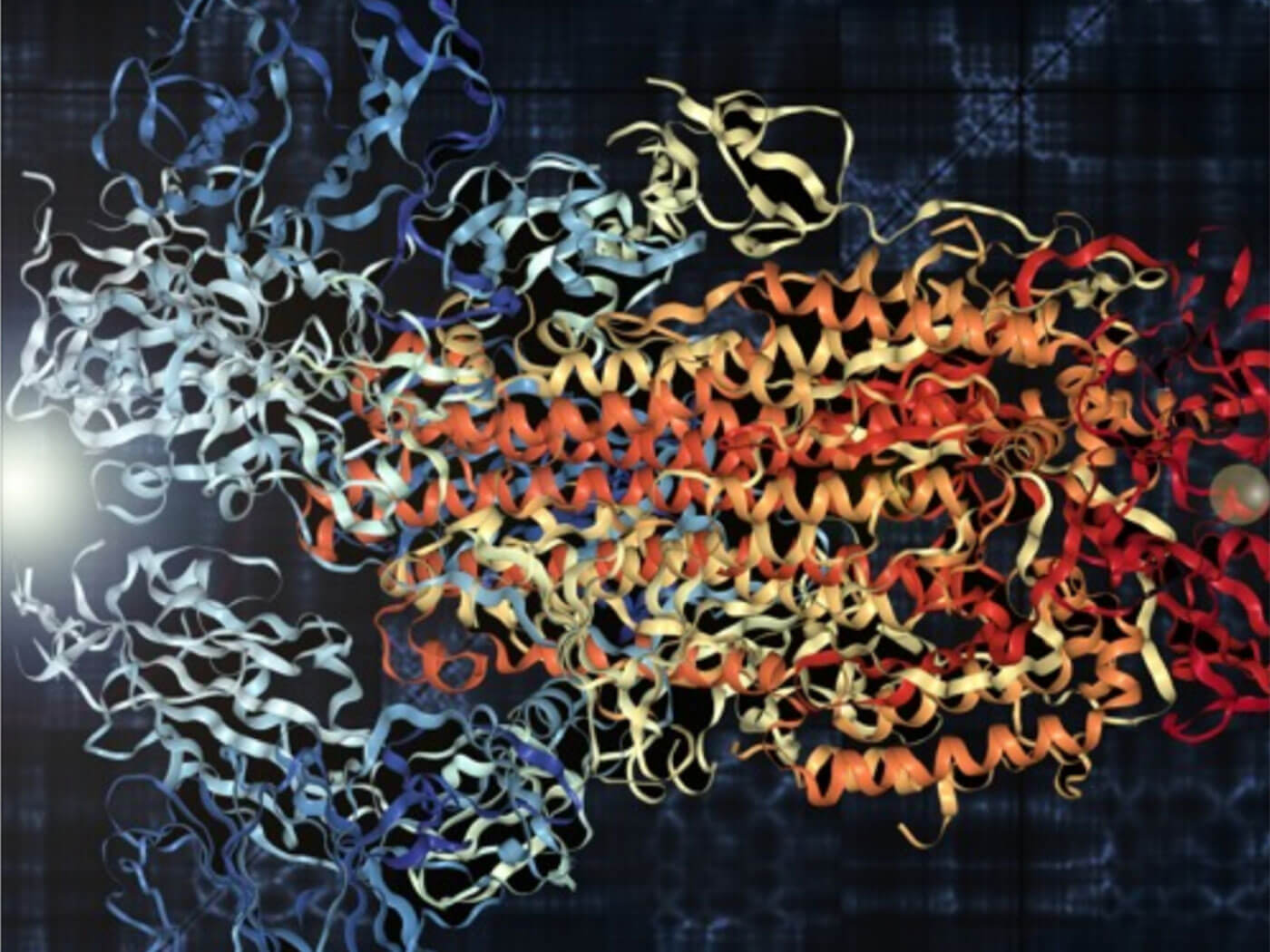MIT researchers have turned the coronavirus into music using AI
The composition, which you can listen to, is helping scientists better understand the structure of the virus.

Usually, if MusicTech were to talk about making music with a virus, we’d be talking about the Access Virus TI synth. However, researchers at MIT have used the SARS-CoV-2 virus protein to create an eerie yet elegant composition with the help of AI. The composition is not only fascinating to listen to, but is also a means to provide a faster, more intuitive way to study the protein, according to researchers.
The sounds and notes you hear are representations of the spikes that protrude from the surface of the virus’s protein model – these spikes are made from amino acids. Using a technique called sonification, each amino acid is assigned a note, which an AI algorithm then converts into music. The instrumentation, however, is selected by the scientists. “[A] Japanese koto plays the main notes—soothing sounds that might bring some comfort in a time of trouble”, Science reports. “Amino acids tend to curl up into a helix or stretch out into a sheet. Researchers capture these features by altering the duration and volume of the notes. Molecular vibrations due to heat also get their own sounds”, the article adds.
Although this may seem like a flight of fancy, the reality is that it could help researchers locate sites on the protein where antibodies or drugs could bind to it. This is possible by taking a musical counterpoint to the virus’ melody and rhythm and find an antibody that matches it – with further assistance from AI algorithms.
Professor Markus Buehler, who lead the MIT team, says “The traditional approach, where you make a bunch of proteins and you do clinical trials and you keep repeating them – that maybe takes a couple of years. We don’t have the luxury of time”.
Speaking to MIT News, he said “Our brains are great at processing sound! In one sweep, our ears pick up all of its hierarchical features: pitch, timbre, volume, melody, rhythm, and chords. We would need a high-powered microscope to see the equivalent detail in an image, and we could never see it all at once. Sound is such an elegant way to access the information stored in a protein”.
For more news in music technology click here.